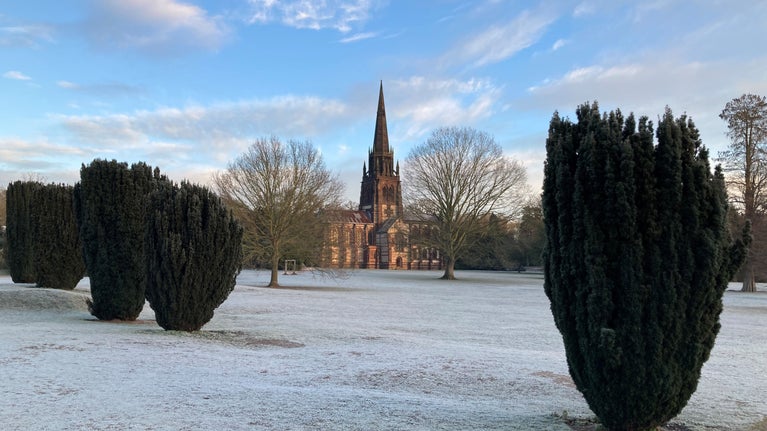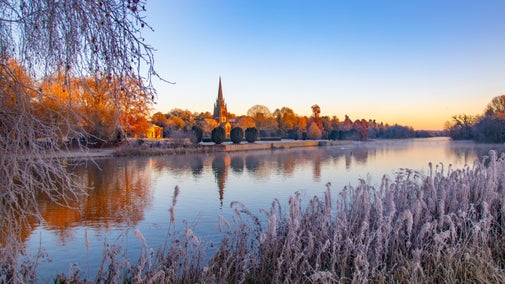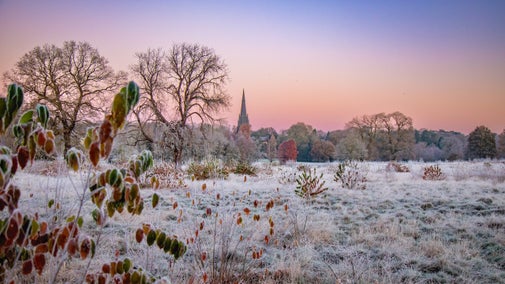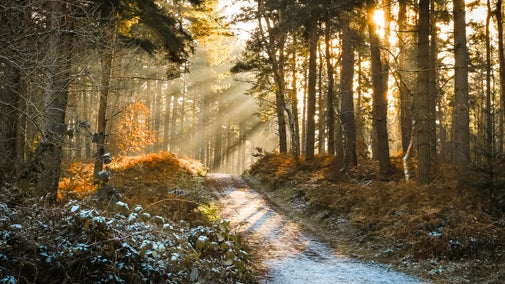Clumber Park history walk
Nottinghamshire & Lincolnshire
This short, circular walk around Clumber Park is perfect for families, pushchairs and wheelchairs. Discover glimpses of the estate's history and look out for wildlife along the way.
Near to
Clumber ParkStart point
Clumber Park accessible, hardstanding car park, grid ref: SK625745Trail information
Uncover Clumber's history
Clumber was the country estate of the Dukes of Newcastle and, although the mansion was demolished in 1938, the Chapel, Pleasure Grounds, lake and walled kitchen garden remain as clues to its grand past.
More near here
Clumber Park
Freedom to discover

A glimpse of southern Clumber
Stroll through woodland and agricultural land in some of the quieter parts of Clumber, then finish by the lakeside on a walk that's perfect for all seasons.

Get in touch
Our partners

We’ve partnered with Cotswold Outdoor to help everyone make the most of their time outdoors in the places we care for.
You might also be interested in
Walking
Explore some of the finest landscapes in our care on coastal paths, accessible trails, woodland walks and everything in between. Find the best places to walk near you.

Cotswold Outdoor: our exclusive walking partner
Learn about the National Trust’s ongoing partnership with Cotswold Outdoor. Find out how they help us care for precious places and the exclusive discount available for National Trust supporters.

Staying safe at National Trust places
The special places in National Trust care sometimes come with a few risks for visitors, be it coastline or countryside. Find out how to keep safe throughout your visits.

Follow the Countryside Code
Help to look after National Trust places by observing a few simple guidelines during your visit and following the Countryside Code.

Getting active at Clumber Park
From lakeside runs to woodland rides, Clumber Park has 20 miles of trails for cyclists, runners and walkers to explore. Bridlepaths through the estate provide an opportunity to explore on horseback.

Eating and shopping at Clumber Park
Whether you're looking for food, drink or the perfect gift, Clumber Park has something for everyone.

Visiting Clumber Park with your dog
Clumber Park is a three pawprint rated place. Exploring the 3,800 acres of beautiful parkland with your dog by your side is one of the best ways to see Clumber Park.

Walking in Nottinghamshire and Lincolnshire
From the parkland, woods and lakeside views of Clumber Park to the ancient woodland around Belton House, discover where to go for the best walks in Nottinghamshire and Lincolnshire.

